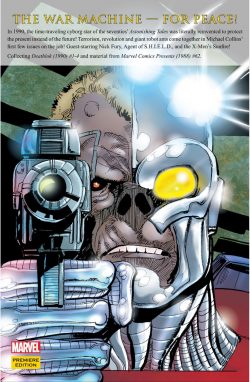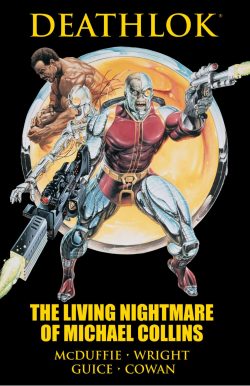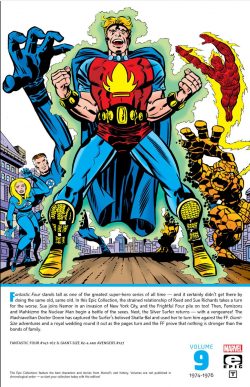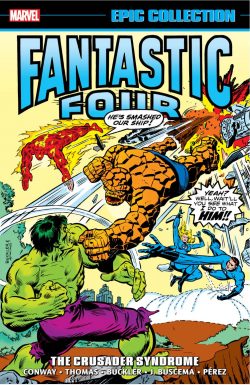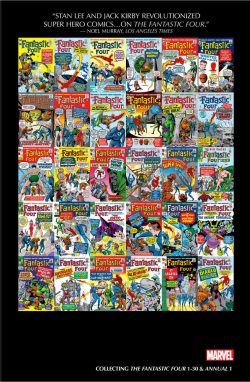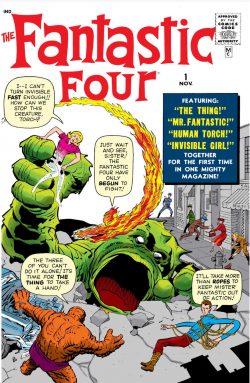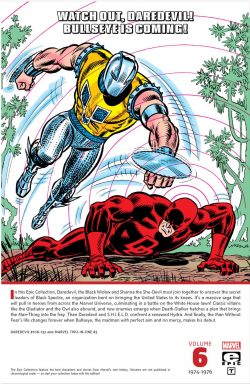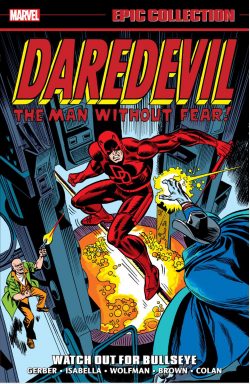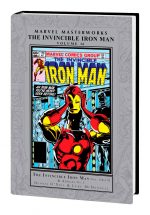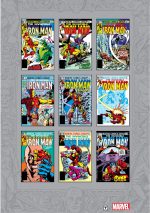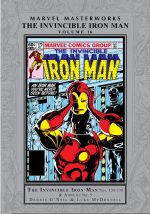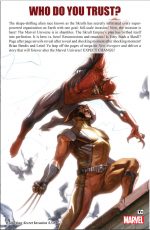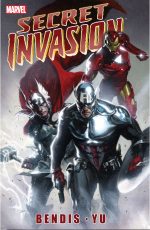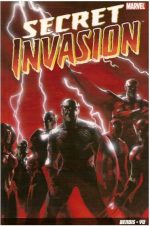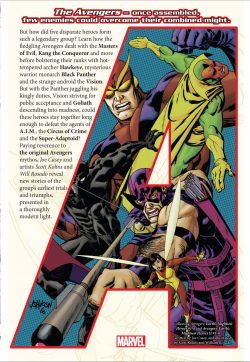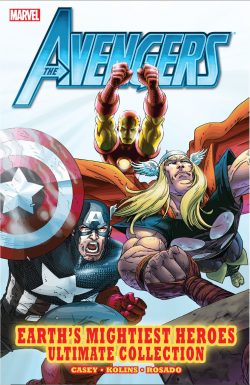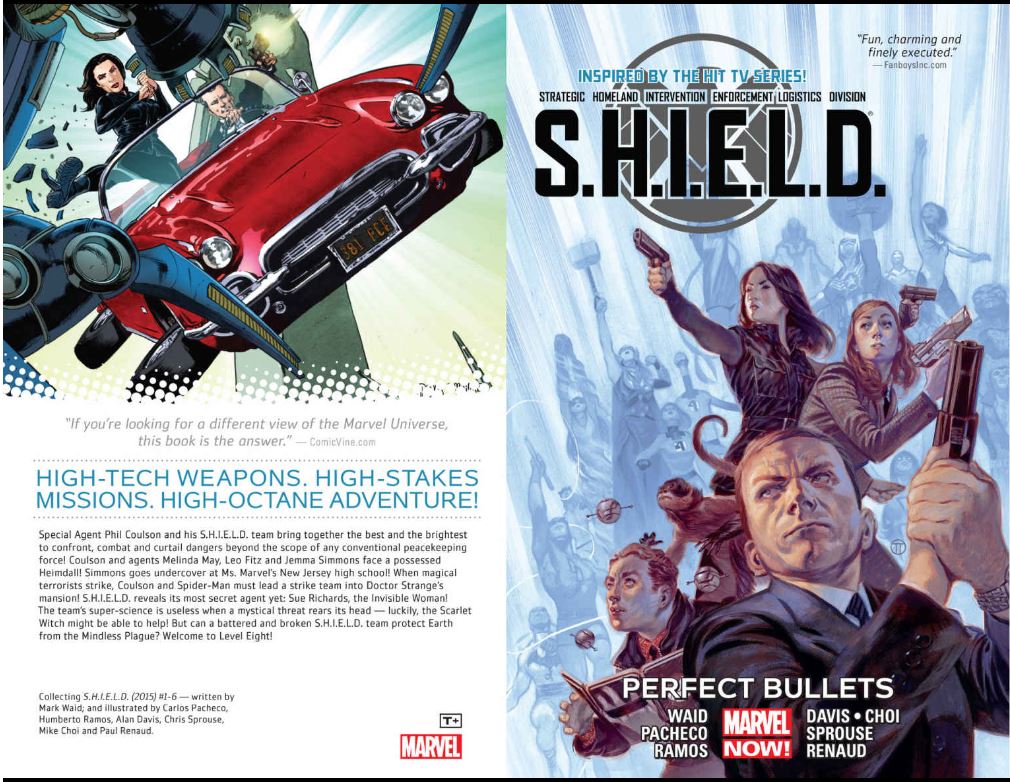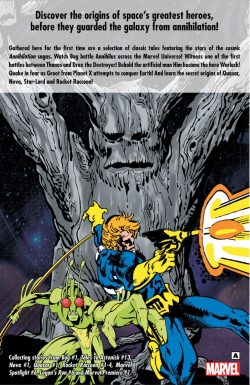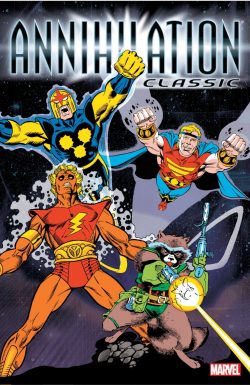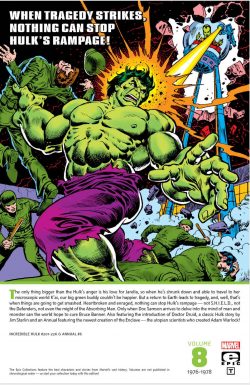
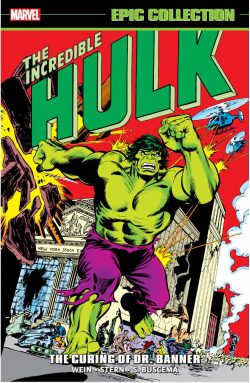
By Len Wein, Roger Stern, Sal Buscema, Herb Trimpe, Jim Starlin, David Anthony Kraft, George Tuska, Keith Pollard, Joe Staton, Ernie Chan, Tom Palmer, Alfredo Alcala, Frank Giacoia, Mike Esposito, Joe Sinnott, Josef Rubinstein & various (MARVEL)
ISBN: 978-1-3029-4879-5 (TPB/Digital edition)
Bruce Banner was a military scientist accidentally caught in a gamma bomb blast of his own devising. As a result, stress and other factors trigger transformations into a big green monster of unstoppable strength and fury. One of Marvel’s earliest innovations and first failure, after initially troubled early years he finally found his size-700 feet and a format that worked, becoming one of the company’s premiere antiheroes and most popular features.
The Gamma Goliath was always graced with artists who understood the allure of shattering action, the sheer cathartic reader-release rush of spectacular “Hulk Smash!” moments, and here – following in the debris-strewn wake of Jack Kirby, Steve Ditko, Marie Severin and Herb Trimpe – Sal Buscema was showing the world what he could do when unleashed…
This chronologically complete compendium re-presents Incredible Hulk King Size Annual #6 and issues #201- 226 of his monthly magazine, spanning July 1976 – August 1978.
Crafted by writer Len Wein and illustrated by Buscema & Joe Staton, Hulk #201 features ‘The Sword and the Sorcerer!’ wherein the monster is marooned on a perilously primitive sub-atomic world just long enough to liberate its people from brutal despot (and demon-possessed pawn) Kronak the Barbarian before starting to shrink uncontrollably. He soon arrives in the promised land of his beloved long-lost alien love Queen Jarella…
‘Havoc at the Heart of the Atom’ reveals how his last visit had rendered the barbarous world tectonically unstable and wrecked the ancient civilisation which once had the power to blend Banner’s mind with the Hulk’s body. Moreover, the once-gentle population then turned on the queen they held responsible…
Reunited with his beloved, the simplistic brute swears to fix the problem confronting the antediluvian horror who first hijacked him to the Microverse… and who still craves bloody revenge. Once again evil fails at great personal cost. The ‘Assault on Psyklop!’ delivers crushing defeat to the vile insectoid and a guardedly happy ending for the man-brute – until a rescue attempt from Earth brings Hulk home, carrying an astounded Jarella with him…
Herb Trimpe briefly returned in #204 to plot and pencil a tale of time-bending might-have-beens, as brilliant theoretician Kerwin Kronus offers to eradicate Banner’s problems by turning back time and undoing the accident which created the Hulk. Sadly, the experiment succeeds all too well: briefly forming an alternate timeline wherein original sidekick Rick Jones died and the time-master became an even greater menace to reality. Banner/Hulk must make a heartbreaking sacrifice to close that unacceptably ‘Vicious Circle’…
‘Do Not Forsake Me!’ in #205 depicts the most tragic moment in the Green Goliath’s tortured life when Jarella sacrifices herself to save a child from rampaging robbery robot Crypto-Man, leaving the bereft Hulk ‘A Man-Brute Berserk!’ His trail of destruction leads from Gamma Base, New Mexico all the way to New York City where even his friends and allies cannot calm the grieving green goliath, leading to a brutal battle ‘Alone Against the Defenders!’ who finally realise compassion is the only method that will work against their traumatised ally-turned-foe…
The bereft beast is still beside Defender-in-Chief Doctor Strange for David Anthony Kraft, Trimpe and inkers Frank Giacoia & Mike Esposito for Incredible Hulk King Size Annual #6’s ‘Beware the Beehive!’ wherein a band of mad scientists attempt to recreate their greatest success and failure. Morlak, Hamilton, Shinsky and Zota were a rogue science collective known as The Enclave, who – from their hidden “Beehive” lair – had originally spawned puissant artificial man Him (latterly AKA Adam Warlock).
Here, three of them reunite for another go at building a compliant god they can control, but when they abduct Stephen Strange to replace their missing fourth, the magician has the Jade Juggernaut save him from the experiment’s inevitable consequences: a compassionless super-slave dubbed Paragon whose first task is to eradicate Strange and subdue mankind. Happily, after a border-shattering, army-crunching global rampage, that’s when the Hulk kicks the wall in and goes to work…
In Incredible Hulk #208 Wein, Buscema & Staton reveal ‘A Monster in Our Midst!’ as Bruce Banner finally rejects ending his pain-wracked existence and begins a new and – hopefully – stress-reduced life where his alter ego will never be seen again. That resolve only lasts as long as it takes maniacal Crusher Creel – freed as a consequence of the Jade Juggernaut’s most recent rampage – to accept a commission from a triumvirate of hooded schemers who want the Hulk dead. Of course, even though ‘The Absorbing Man is Out for Blood!’, the super-thug proves no match for Hulk’s unfettered fury, but his well-deserved drubbing results in Banner collapsing unconscious in alley where he is eventually found by a mystic do-gooder in search of an ally…
With #210, Ernie Chan became Buscema’s regular inker as Wein’s ‘And Call the Doctor… Druid!’ finds both Banner and his brutish alter ego crucial to a plan to defeat ancient mutant Maha Yogi, his vast mercenary army and alien bodyguard Mongu before they complete their preparations for world domination. Although the battles of ‘The Monster and the Mystic!’ are a close-run thing, virtue is eventually victorious, but makes little difference to the Hulk’s former teen companion Jim Wilson as he hitchhikes across America, utterly unaware he is the target of a vicious criminal conspiracy. The plots hatch once Jim reaches New York City where his hidden tormentors decide that he must be ‘Crushed by… the Constrictor!’ Neither they nor their ruthless high-tech hitman expected the Hulk to intervene…
With a friend and confidante who shares his secrets, you’d expect Banner’s life to get a little easier, but the authorities never stop hunting the Hulk, who initially realises ‘You Just Don’t Quarrel with the Quintronic Man!’ (inked by Tom Palmer) before bouncing back to trash a formidable five-man mecha suit. As Chan returns, this bout leads to a frenzied clash with a new hyper-powered hero resolved to make his name by defeating America’s most terrifying monster in ‘The Jack of Hearts is Wild!’ …
Macabre old enemy Bi-Beast is resurrected in #215; still eager to eradicate humanity in ‘Home is Where the Hurt Is’ and nearly succeeding after seizing control of SHIELD’s Helicarrier. Only desperate action by General Thaddeus Ross saves the day, as the old soldier uses the carrier’s tech to shanghai Banner: letting nature take its savage course and hoping the right monster wins the inevitable blockbuster battle before a ‘Countdown to Catastrophe!’ leaves the planet a smoking ruin…
A moodily poignant change of pace comes in #217 as ‘The Circus of Lost Souls!’ sees the shell-shocked Hulk lost somewhere in Europe, defending a band of carnival freaks from the dastardly depredations of The Ringmaster and his Circus of Crime: a solid demarcation signalling Wein’s move away from scripting in favour of co-plotting, allowing Roger Stern to find his own big green feet to guide the Green Goliath’s future…
That begins with ‘The Rhino Doesn’t Stop Here Anymore’ (#218 by Wein & Stern, with George Tuska, Keith Pollard & Chan handling visuals) as super-strong, gamma-tainted psychologist “Doc” Leonard Samson takes centre stage battling the ruthless Rhino, whilst in #219 Banner learns ‘No Man is an Island!’ (Wein, Stern, Sal Buscema & Chan) after hiring on as a freighter deckhand, only to have it sunk from under him by submarine-based pirate Cap’n Barracuda. Washed ashore on a desert atoll, Hulk is befriended by a deluded soul who believes himself to be Robinson Crusoe. As events unfold an even stranger truth is revealed when Barracuda captures the madman to pluck the secret of making monsters from his broken mind. The cruel corsair has utterly underestimated the ferocious loyalty and compassion of the Hulk, who unleashes devastating destructive ‘Fury at 5000 Fathoms!’
With Stern in authorial control, Sal Buscema is joined by Alfredo Alcala for #221’s ‘Show Me the Way to Go Home’, with still all-at-sea Banner rescued from drowning by marine explorer Walt Newell. He ferries his exhausted passenger back to Manhattan where he is recognised as Banner. Realising he has unwittingly unleashed The Hulk on a major population centre, Newell exposes his own secret identity as subsea superhero Stingray and pursues his former guest. The battle is painfully one-sided and Stingray near death when Jim Wilson intervenes, saving the marine crusader’s life, but only at the cost of Hulk’s trust…
Wein returned for one last hurrah in #222, scripting a plot by artist Jim Starlin (abetted by Alcala). A potently creepy horror yarn begins as the Jade Juggernaut tears through another unfortunate army unit before being gassed into unconsciousness. Banner awakens in the care of two children living in a cave, but they’re not surprised by the fugitive’s transformations: not since the radioactive stuff changed their little brother…
Now people have been disappearing and although they haven’t grasped the truth of it yet, Bruce instantly grasps what is involved in ‘Feeding Billy’… and what his intended role is…
Now firmly established, Stern began an ambitious storyline in #223 (illustrated by Sal & Josef Rubinstein) as ‘The Curing of Dr. Banner!’ sees the monster’s human half spontaneously purged of the gamma radiation that triggers his changes. Heading for Gamma Base to verify his findings, Bruce discovers the entire facility has been taken over: mind-controlled by his ultimate archenemy…
As the villain makes everyone ‘Follow the Leader!’, Doc Samson and General Ross escape and beg Banner to again sacrifice his humanity for the sake of mankind. Only the Hulk has ever defeated The Leader and their only hope is to recall and harness his unstoppable fury. Tragically, the halfway measures fail at the final moment and the villain has cause to ask ‘Is There Hulk After Death?’ With Bruce seemingly deceased, his compatriots jumpstart his system with another overwhelming dose of gamma rays and soon everybody involved has cause to regret the resurrection of the original Gamma Goliath as another ordnance-obliterating clash with the military in #226’s ‘Big Monster on Campus!’ (Stern, Buscema & Joe Sinnott) leads to the man-monster invading his old college and suffering a psychological trauma that could end his rampages forever…
To Be Hulk-inued…
Graced throughout with covers by Rich Buckler, John Romita, Trimpe, Dan Adkins, Dave Cockrum, Marie Severin, Giacoia, Ed Hannigan, Chan, Starlin, Rubinstein and Ron Wilson, this cataclysmically cathartic tome is rounded out with a blitz of bonus features. Front & back covers for The Incredible Hulk Marvel Treasury Edition #17 (1978) by Jeff Aclin & Tony DeZuñiga precede a panoramic landscape pin-up poster by Trimpe of Hulk smashing the Hulkbusters from a UK Marvel mag (by way of F.O.O.M. #19). These are followed by an airbrush treat by Ken Steacy, starring old Jade Jaws, Ant-Man & The Wasp as first seen on Marvel Comics Index #7A (1978) plus its star-studded frontispiece by Franc Reyes. Contemporary house ads lead into an unused Cockrum cover and a selection of original art by Buckler, Chan, Starlin, Alcala, Buscema & Rubinstein, said pictorial treasure treats climaxing with 5 stunningly beautiful pencilled pages of a never-completed story by Wein and Swamp Thing co-creator Bernie Wrightson.
The Incredible Hulk is one of the most well-known comic characters on Earth, and these stories, as much as the cartoons, TV shows, games, toys, action figures and movies are the reason why. For an uncomplicated, earnestly vicarious experience of Might actually being Right, you can’t do better than these exciting episodes, so why not Go Green now?
© MARVEL 2023

